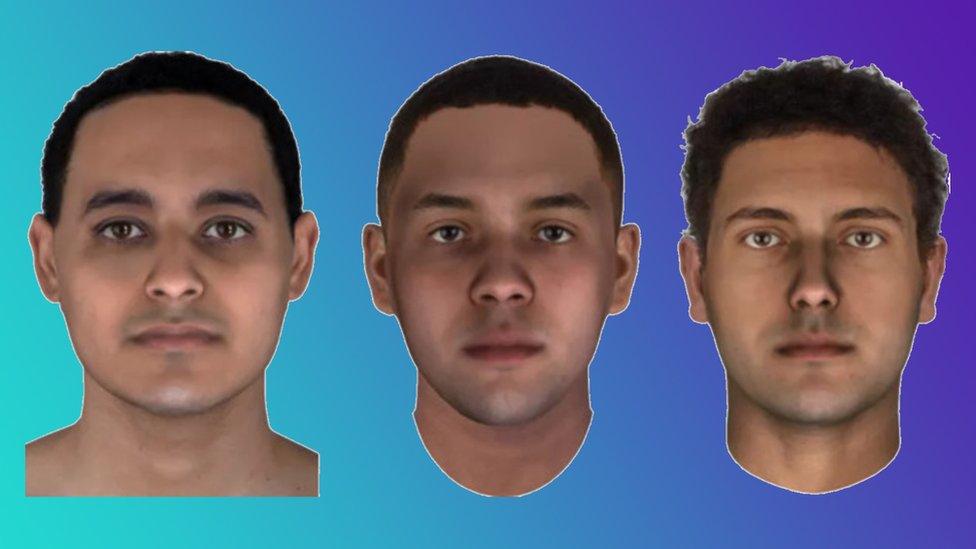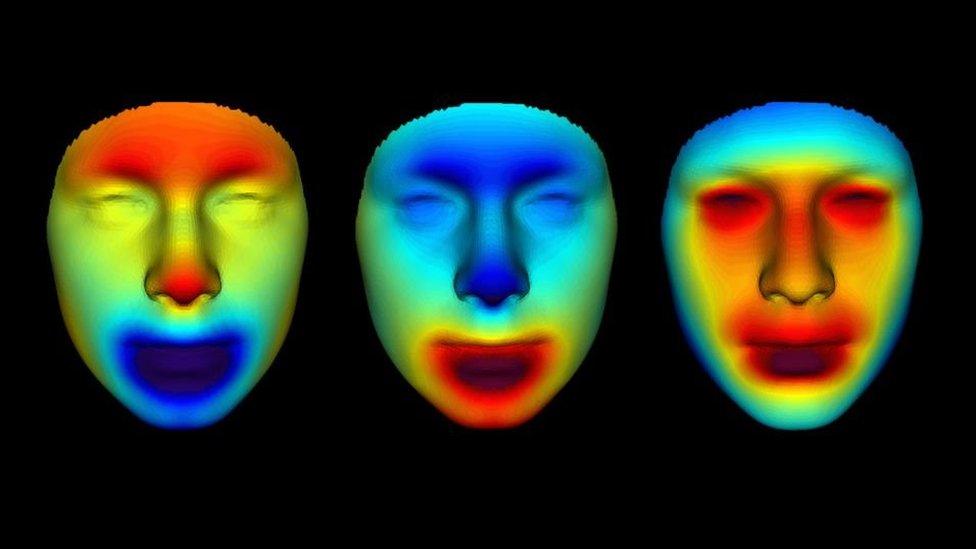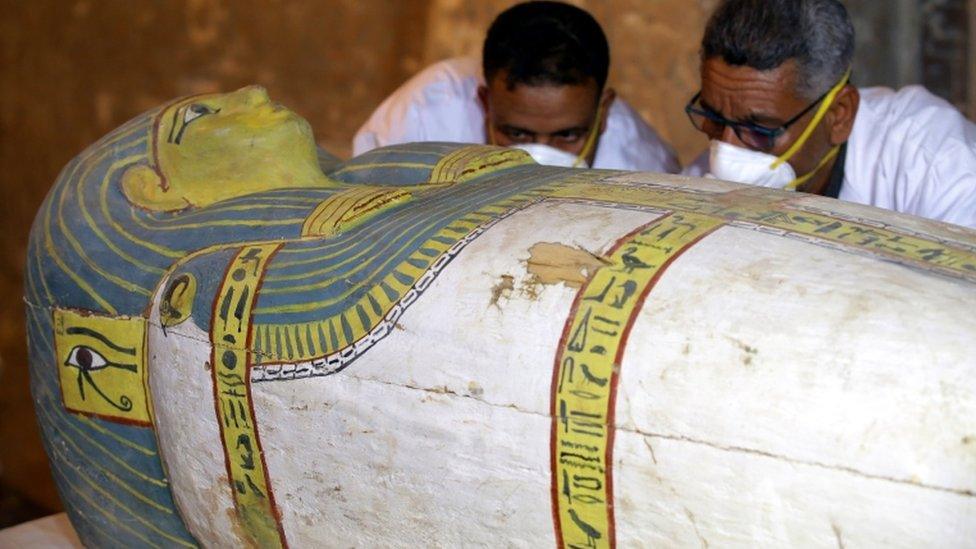Scientists have recreated the faces of three ancient Egyptian mummies!
- Published
- comments

The mystery surrounding ancient Egyptian mummies has intrigued people around the world for years and now researchers have released new images showing what three of them could have looked like while they were still alive.
Researchers based at the DNA technology company Parabon NanoLabs in Virginia have used genetic data to produce 3D pictures of three mummies' faces.
The pictures were created using a special process called forensic DNA phenotyping.
Every human has DNA, which stands for deoxyribonucleic acid, in every single one of their cells and each person's DNA is completely unique. DNA carries important genetic information about a person like their eye colour, hair colour and height. It has all the instructions a humans needs to grow, function and reproduce.
DNA phenotyping involves using DNA from an individual to predict what they could have looked like if they've died.
Luckily for the scientists they could use the DNA data from the mummified remains and with DNA phenotyping they recreated the faces of three men who had lived in ancient Egypt more than 2,000 years ago.
The mummies came from Abusir el-Meleq, an ancient Nile community in the middle of Egypt, and they're believed to have been buried between 1380 B.C. and A.D. 425.
The final digital reconstructions show the three mummies as 25-years-olds.

The researchers used heat maps to highlight the differences between the three individuals and refine the details of each face
In 2017 scientists at the Max Planck Institute for the Science of Human History in Tübingen in Germany successfully recovered and studied ancient DNA from the Egyptian mummies and now, in 2021 the researchers from Parabon NanoLabs have used this genetic data to create 3D models of the mummies' faces.
The scientists were also able to use their DNA phenotyping methods to also predict the ancestry and skin colour of the three men.
They found they all had light brown skin with dark eyes and hair, and their genetic makeup was actually closer to modern people from the Mediterranean or the Middle East than it was to those living in Egypt today.
"It's great to see how genome sequencing and advanced bioinformatics can be applied to ancient DNA samples," said Dr Ellen Greytak who is the Parabon's Director of Bioinformatics.
It's believed the technology could come in handy in criminal cases, helping the police work out who an unidentified missing person is and to also track down potential suspects who they believe may have been involved in a crime.
What do you think about this technology? Let us know in the comments!
- Published25 November 2018

- Published22 October 2019
- Published18 January 2021

